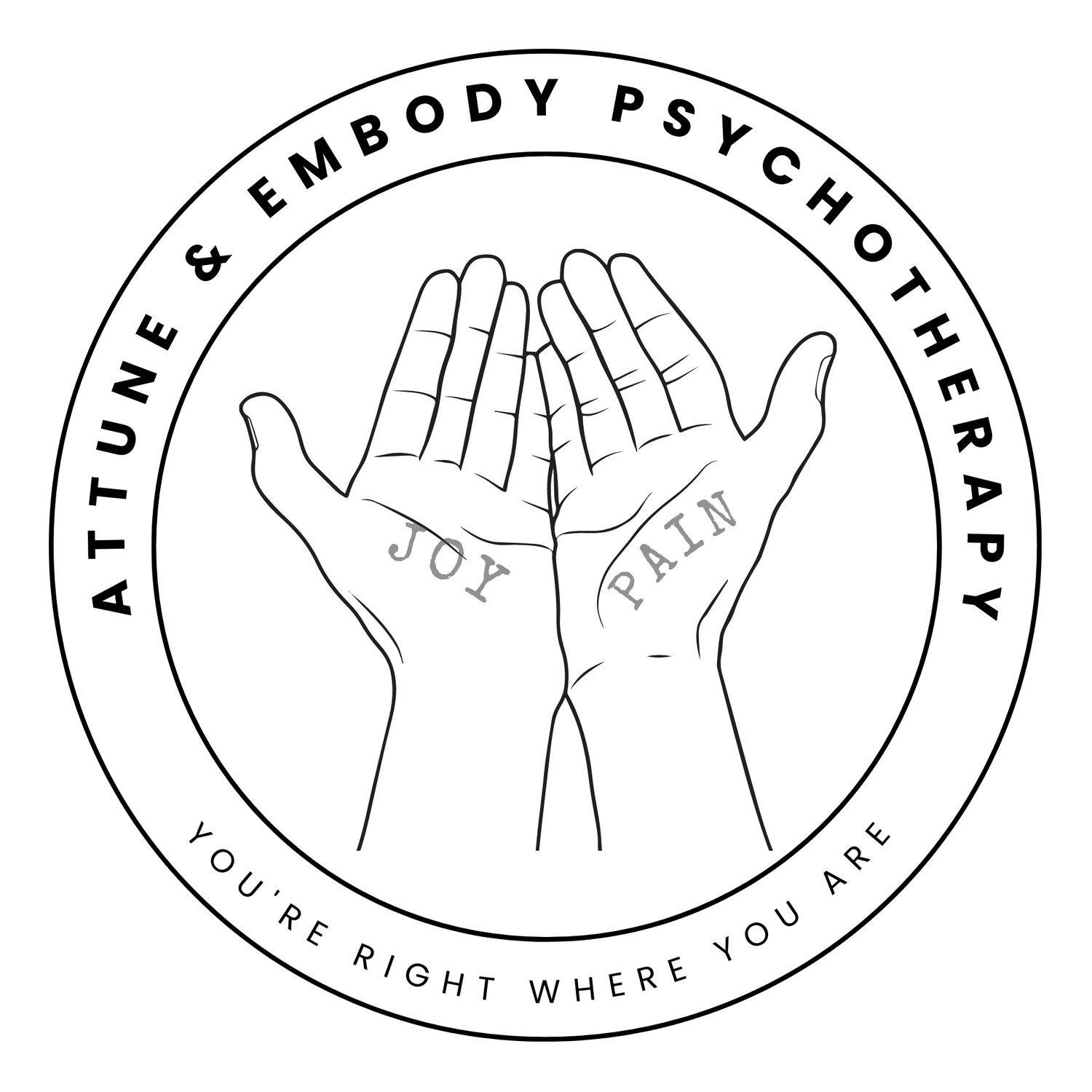Clinical Interests:
Chronic pain
Medical-related trauma
Neurodiversity - ADHD and Autism Spectrum Disorder
Disability accommodations
Gender identity and sexual orientation
Treatment Modalities:
Psychodynamic Therapy
Feminist & Existential
Cognitive Processing Therapy
Ketamine-Assisted Therapy
Evidence-Based Practices
Trauma-informed care
LGBTQ+ forward and affirming care
Current Research
This questionnaire is part of a pilot study that aims to explore your past experiences with medical and mental health care and how they have impacted your ability to access healthcare and trust medical and mental health providers in the present and future.
Literature
A specialist book for mental health professionals, sex therapists and educators to develop and improve their clinical work with trans clients with regards to their sexual relationships and sexuality. It provides an interdisciplinary exploration of the subject, and relates to both clinical practice and theory.
Topics explored include the shifting of sexual orientation during or following gender transition; gender dysphoria and co-occurring autism spectrum disorder; negotiating issues of sexuality with partners during transition; eating disorders; and an exploration of the intersection of trans identities and disability. It uniquely touches on perspectives from the field of sex therapy, featuring chapter authors from disciplines including social work, marriage and family counseling, early childhood education, sex therapy, sex education, psychology, and women's studies.
This article explores the relationship between ASD characteristics and gender identity in an adult transgender who is a longterm psychotherapy patient and the implications of these on her self-narrative and self-identity, including changes in sexual orientation and gender expression. We examine the nuanced relationship between ASD, exploration of gender identity and expression, early transition, and subsequent increase in sexual desire and shift in sexual orientation. We consider these changes as related to her experiences of attunement and female embodiment,as gender expression is brought into alignment with self-perceived gender. Finally, we address practice implications for cisgender providers working with transgender patients and offer recommendations.





